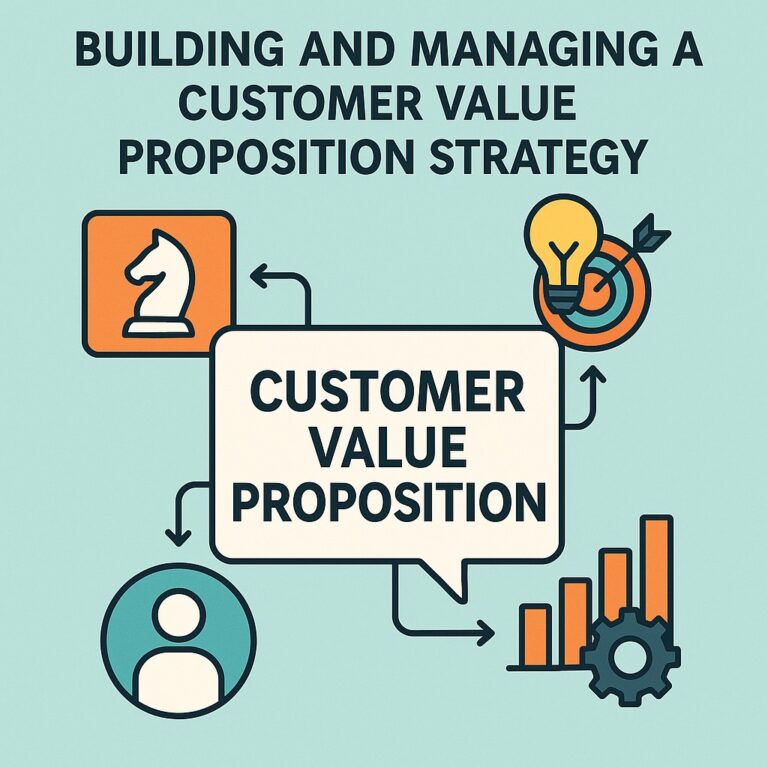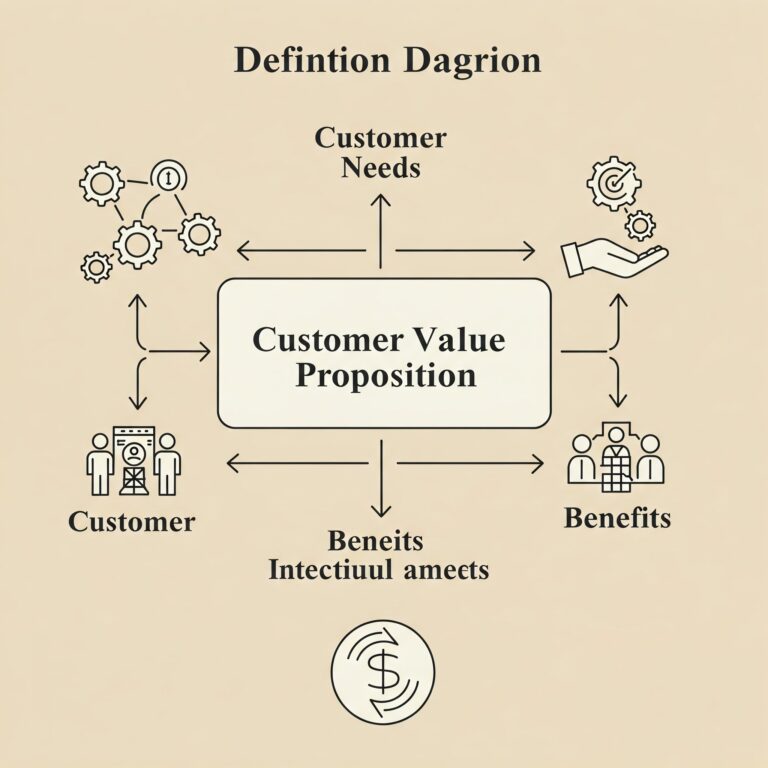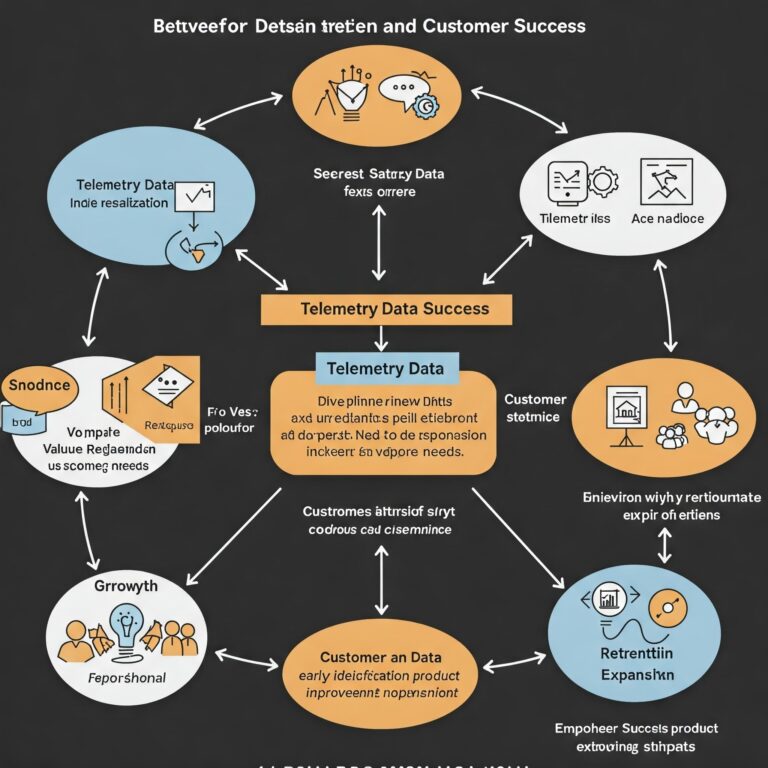I can’t tell you how delighted I am that we rebranded our company from VisualizeROI to ValueCore.ai.
VisualizeROI has served us well since we launched our solution on the Salesforce AppExchange in 2012 for two reasons:
(a) clear problem and solution definition, and
(b) optimization for search engines
Clear problem and solution definition
The initial laser-like focus of VisualizeROI was very fitting and timely. In 2011, and for several years thereafter, sales and marketing professionals who desired to communicate ROI and value to customers were confined to the limits of spreadsheets. Spreadsheets had limited formatting capabilities, including limited support for charts, graphs, and images.
Human beings in 2012 made business decisions based on “left brain” and “right brain” inputs, including strictly financial inputs, as well as visual/ graphical inputs. The problem was that there wasn’t an easy way to convert spreadsheet-based equations into dynamic charts.
If you wanted to bring equations to a web-based solution, you could use a tool like Excelsius which had numerous limitations, or you could require someone to hard-code equations in Javascript, which was nearly impossible to maintain.
To solve this problem, we leveraged the latest (at the time) open source technologies to devise a lightweight, highly flexible platform with a relational database back-end to allow people to bring their equations to the web in a compelling way.
We named the company something easy to understand: VisualizeROI.
Search engine optimization
It turns out that many people were wanting better, more visual ways to communicate ROI.
Many people in fact searched Google for terms such as “visualize ROI,” or “ROI visuals,” or “help me visualize my ROI.” So it was a smart name, Informed for the time.
What’s changed
Over time, we started to see that the desired use cases for our solution exceeded the calculation or presentation of ROI to a customer.
We had customers using our solution to present price quotes.
Customers used our solution to demonstrate the 5-year Total Cost of Ownership of moving to the cloud from an on-premise solution.
Customers are now using us during discovery to help calculate and quantify and present a pain statement.
Many of our customers are starting to engage us post-sales to present ROI as part of quarterly business reviews. This use case is a very exciting use case to me because for Customer Success leaders, value realization is the Holy Grail and it’s a good time for Customer Success teams to be thinking about embedding value realization data in their customer-facing deliverables.
Why ValueCore.ai?
The mission of ValueCore is to enable the quantification and presentation of value in every customer touch.
What does this mean?
“Value” can be conveyed in both qualitative and quantitative ways. It can be communicated with words, charts, numbers, or images.
Value can be measured in any way that’s relevant to a customer.
- Classic operational examples could include: fewer paper invoices sent, fuel cost savings, fewer employee resignations, lower incidence of type 2 diabetes
- Classic financial examples include: ROI, payback period, NPV, 3-year Total Cost of Ownership, and IRR
Value can be conveyed in every type of interaction with a customer. That might include an email, a conversation, a presentation, or a proposal. In essence, every opportunity where we exchange information with a customer that would allow an agile, experienced salesperson to articulate a tailored value proposition based on what they learned from the customer…can and should be automated for the average rep in the average conversation
How does ValueCore do this?
Our platform allows you to create “value moments.” Value moments can be text snippets, personalized PowerPoint sales presentations, visual images with embedded numbers, dynamic Word proposals, or Quarterly Business Reviews with value realization. In short, any situation where a customer-facing professional wants to present to their buyer or their customer the actual value of their solution.
Value is core to every customer touch
The second concept around ValueCore is the notion that you think about peeling an onion and getting to the core of the onion. In the same way, there are several layers in the onion, there are several layers in a value quantification process or journey.
- There are more superficial layers, such as the; productivity gains associated with the number of hours and activities that you’re reducing for your customer. Importantly, it’s hard to get credit for these types of savings from CFOs that amount to substantial dollar investments.
- There are meaty layers, which include the actual hard costs that you are saving for your buyer. For example, if you enable your customer not to spend money in certain areas, but instead to consolidate or redirect that spending to other areas, the CFO of your customer will give you full credit for those savings.
- There are aspirational layers. Finally, here’s risk mitigation and if your solution can truly prove that the number of bad incidents that happen over a period of time is minimized.
Nobody can do this better than we do.
If you call us, we’ll tell you more about why we added .ai to the URL. 🙂




